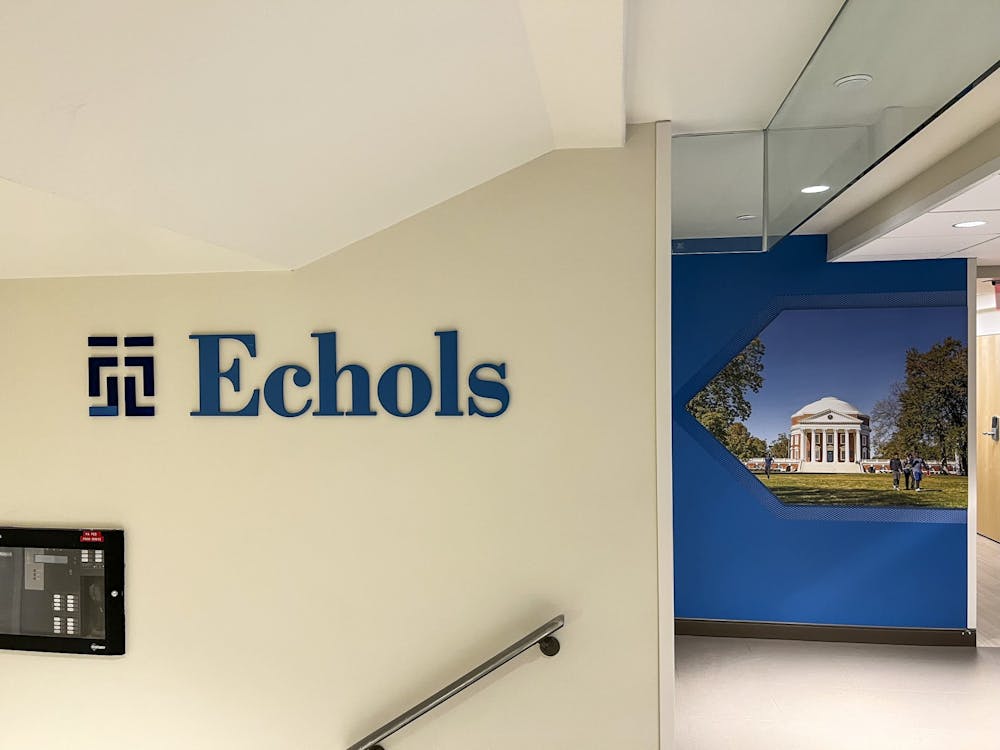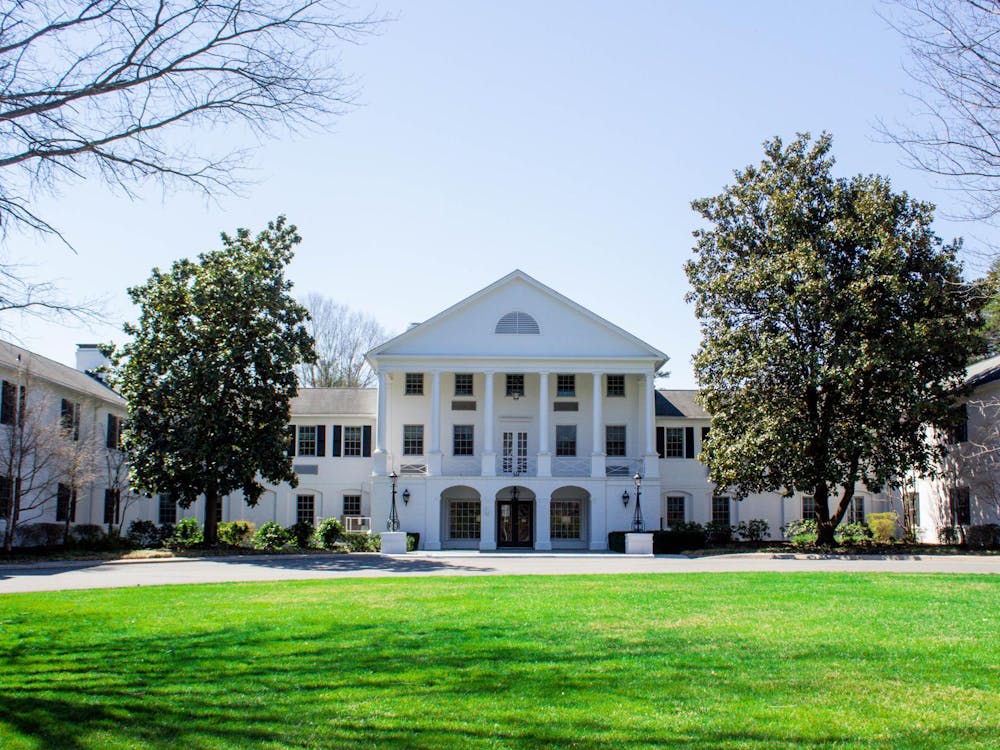In response to rising opioid-related fatalities, the Food and Drug administration recently approved naloxone for over-the-counter sales. In 2021 alone, there were 70,601 synthetic opioids-related deaths. Narcan — the most popular brand of the medicine naloxone — can reverse opioid overdoses. The University needs to be proactive, especially now that the Drug Enforcement Administration is strongly warning college students to be wary of unintentionally consuming fentanyl-laced pills. While the University must ensure naloxone is accessible for all students on Grounds, putting naloxone in residence halls is a necessary first step to ensure student safety as the national opioid crisis worsens.
Students are at increased risk for both intentional and accidental consumption of opioids — and naloxone is a feasible solution the University can provide to mitigate these risks. While opioids can be safely used under the supervision of a medical professional, a 2006 study showed that 12 percent of college students have intentionally used prescription opioids for nonmedical purposes. Students can also consume opioids accidentally when taking other drugs — fentanyl specifically poses a threat to students because criminal drug networks disguise it as drugs like Xanax and Adderall.
Six out of ten of these fentanyl-laced pills contain a lethal dose. Marijuana — which is used more popularly as a recreational drug among students — can be laced with fentanyl. Drugs like fentanyl are an invisible threat to student lives, ones that could be hiding in a single pill or recreational drug.
It should be clear what we stand to gain by providing naloxone as a resource for students, but some may wonder why naloxone needs to be in dorms when it could be administered by first responders. Administering naloxone right away increases the chance of survival, and it can be re-administered after three minutes if the person is not responding. A student can be given multiple doses of naloxone in the time it takes an ambulance to arrive. Naloxone is also safe — there is no harm in administering naloxone to someone who is not actually overdosing on opioids. It is essential to emphasize students must still seek professional medical attention after a suspected overdose, but naloxone is a safe and immediate response that must be available on demand.
Peer institutions have already begun to give students access to naloxone. California passed the Campus Opioid Safety Act, which provides California State University and the California Community Colleges systems with free naloxone for students. The Campus Opioid Safety Act also requires that students receive education on opioids and how to administer naloxone. Similarly, New York passed legislation in October that requires State University of New York and City University of New York campuses to stock naloxone in dorms. Closer to home, Virginia Commonwealth University has a solution in the form of a professor who rides around on a bike distributing free naloxone to students. Undoubtedly, other schools see the necessity of providing naloxone for students — and our University should too. The University must follow the example set by other colleges who are proactively protecting the wellbeing of students.
While there are many ideas for how to make naloxone available at schools, there is one example that stands out as a solution for the University. Marymount University created emergency boxes containing naloxone that they installed around their campus. The University should consider Marymount University’s process and specifically apply it to dorms to increase access. Once naloxone is available in dorms, the University can put emergency boxes at other locations on Grounds, increasing access over time. Starting with boxes located in each dorm is a feasible solution to this life-threatening problem. Having naloxone in dorms is not harmful, but opioids can be.
Mikayla Havison is an Opinion Columnist who writes about University Life for The Cavalier Daily. She can be reached at opinion@cavalierdaily.com.
The opinions expressed in this column are not necessarily those of The Cavalier Daily. Columns represent the views of the authors alone.







